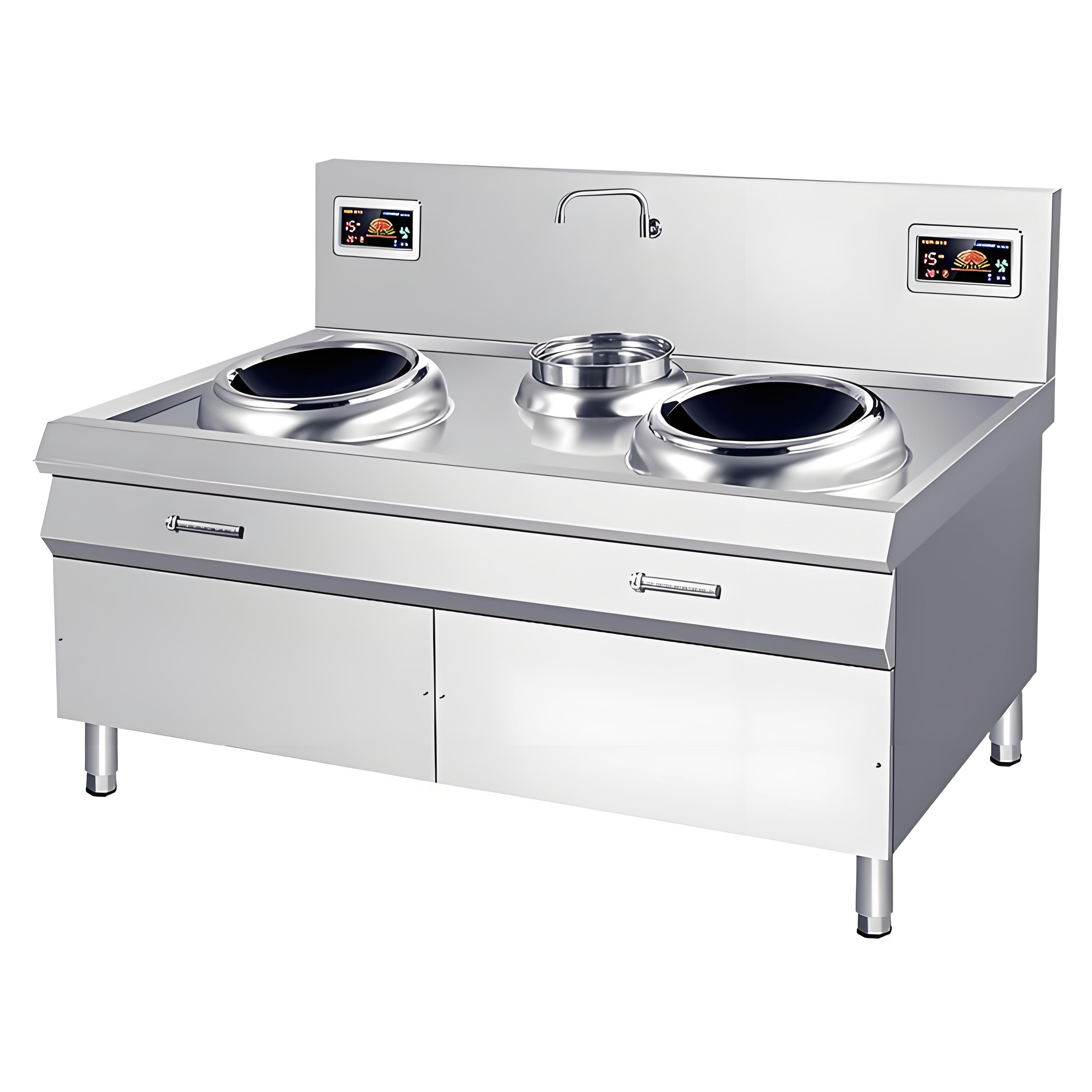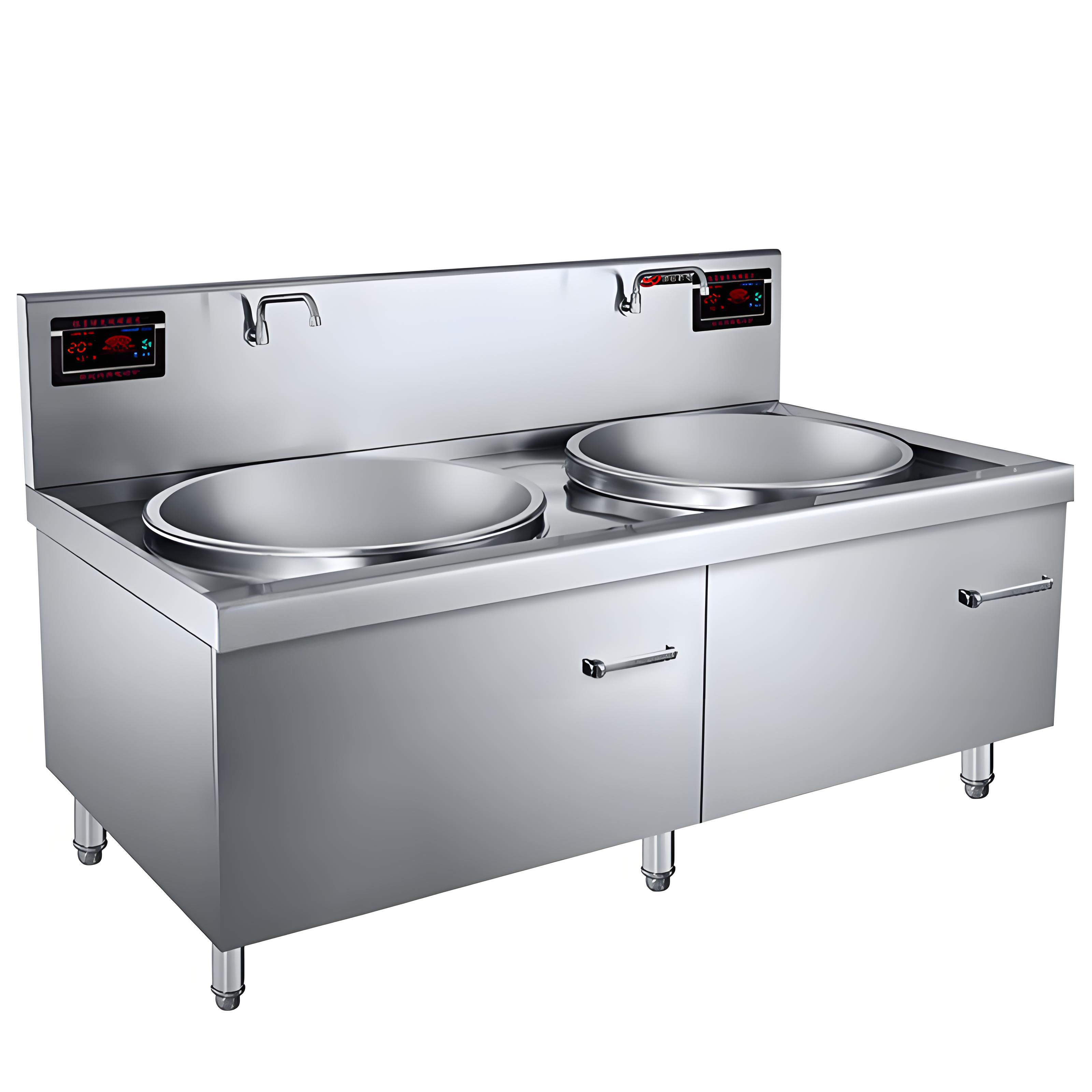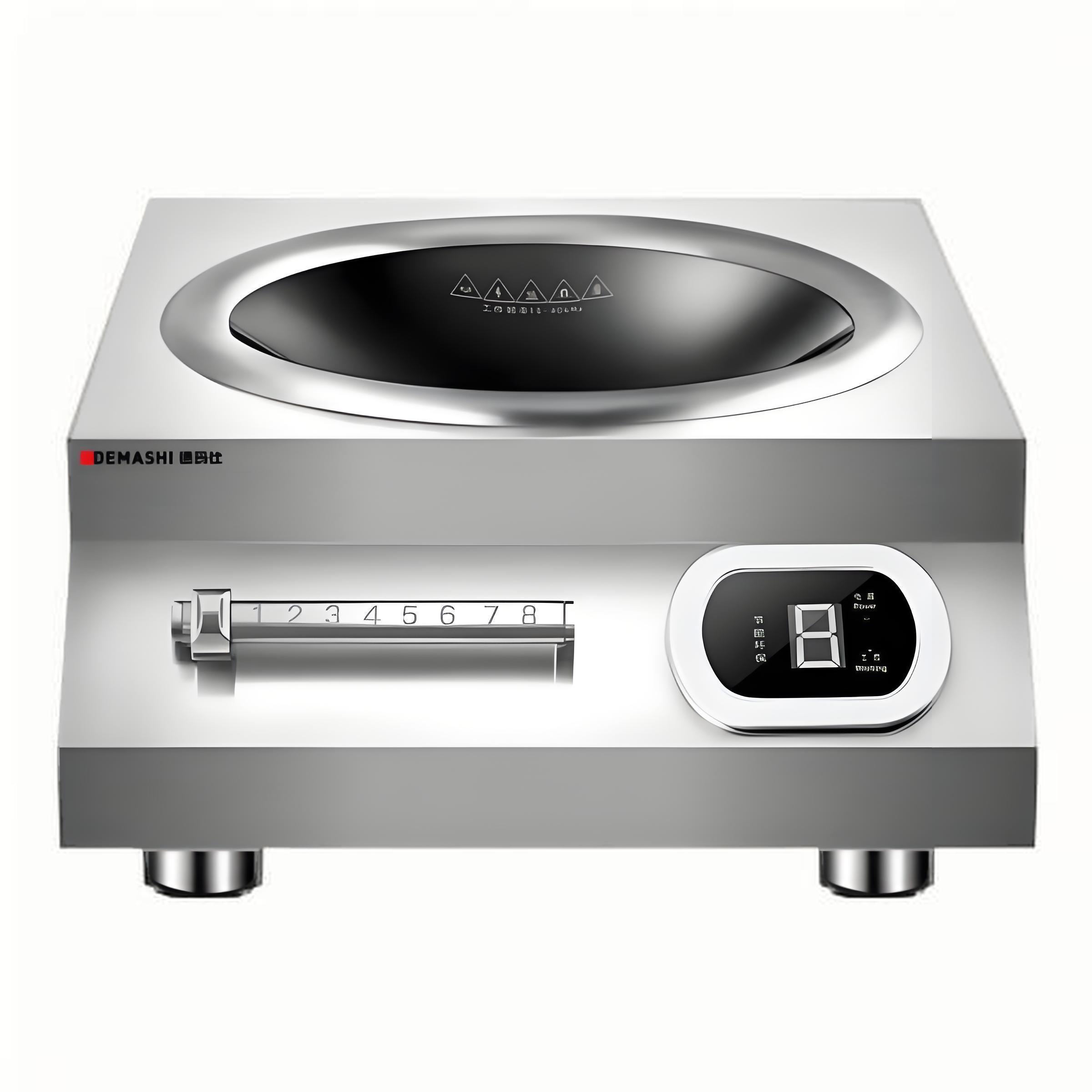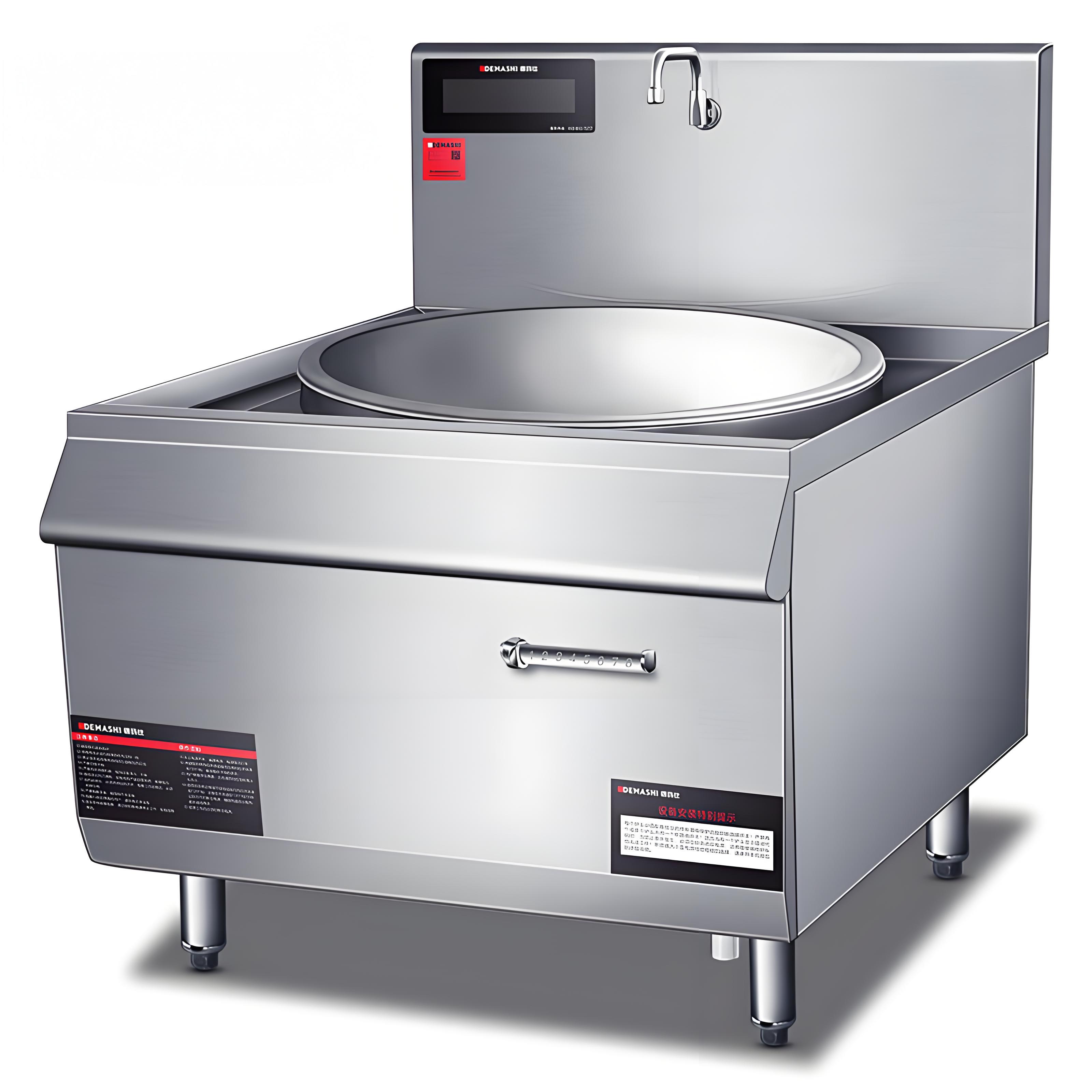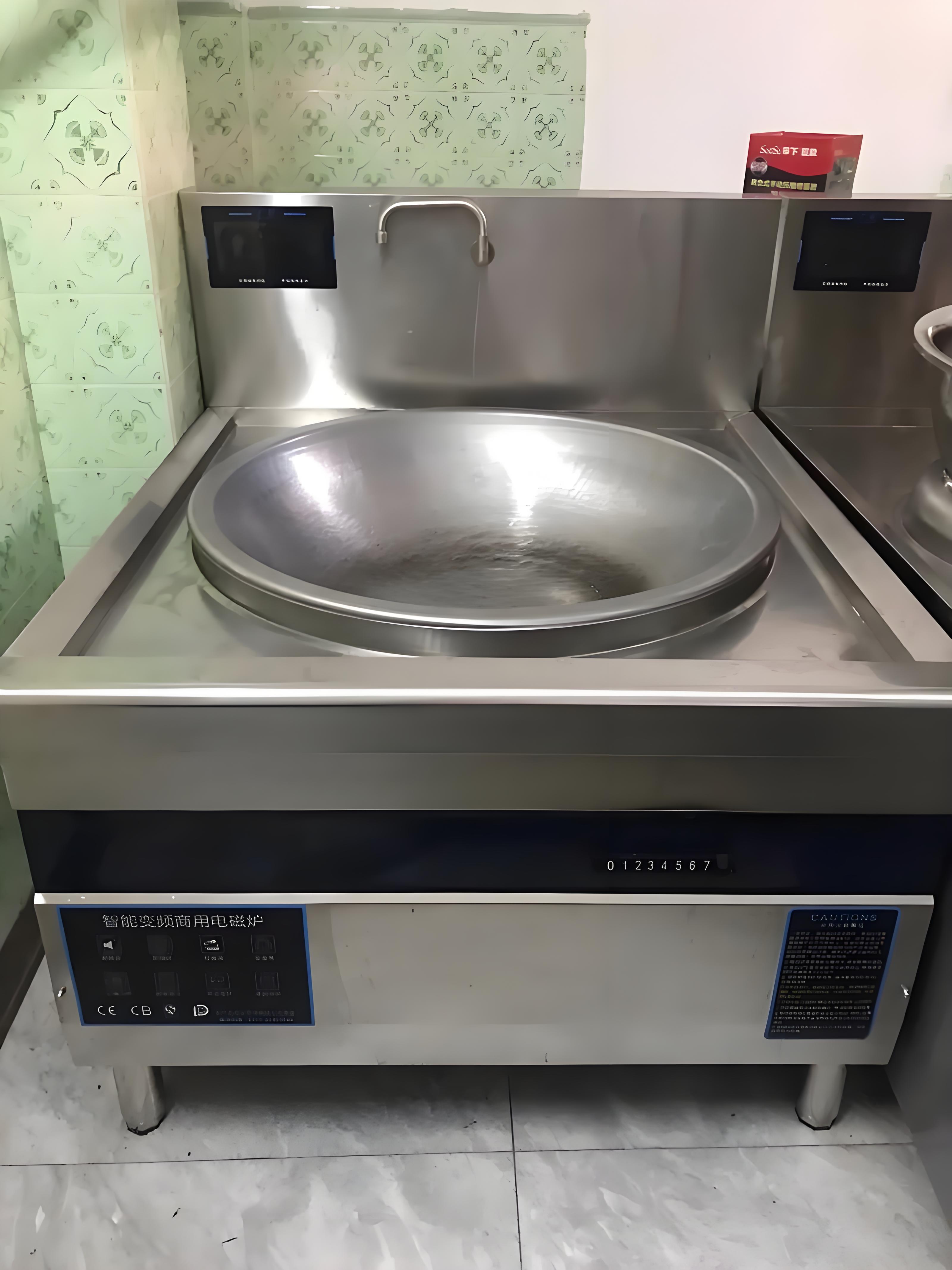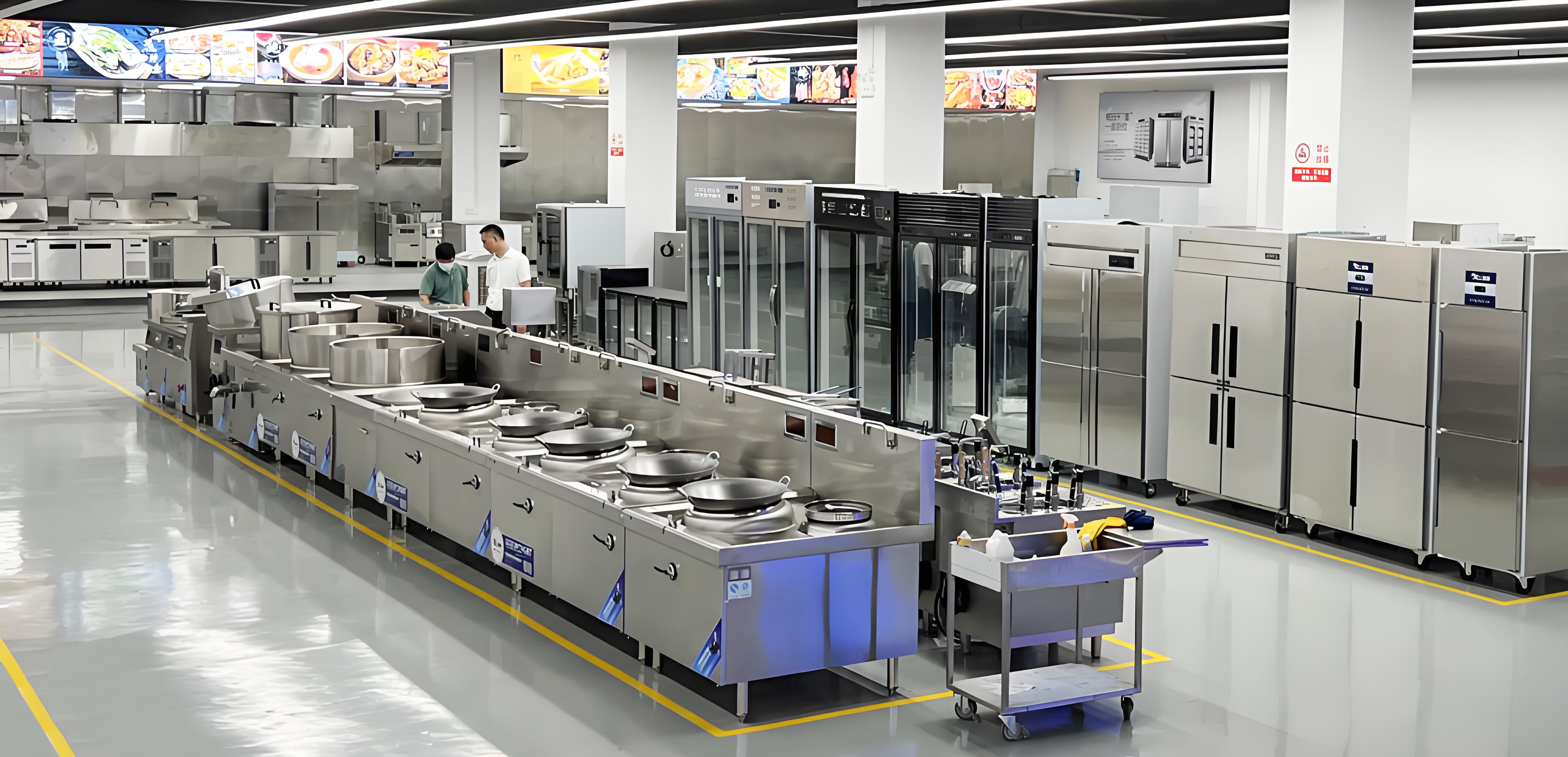In today’s booming catering industry, especially in hot pot restaurants that focus on efficiency, safety and energy saving, the choice of kitchen equipment has a vital impact on the overall operation and customer experience. As an industry expert with many years of practical experience, I will discuss in depth whether commercial induction cookers are suitable for the back kitchen of hot pot restaurants.
Understanding Commercial Induction Cookers
Before diving into their applicability in hot pot restaurant kitchens, let’s first understand what commercial induction cookers are. Unlike traditional gas or electric stoves, induction cookers use electromagnetic fields to heat the cookware directly, bypassing the need for a heating element. This technology offers several advantages, including rapid heating, precise temperature control, energy efficiency, and enhanced safety features.

Advantages of Commercial Induction Cookers for Hot Pot Restaurants
1. Rapid Heating and Temperature Control
In a hot pot restaurant, time is of the essence. Customers expect their broths to be ready quickly, and the ability to adjust the heat precisely is crucial for maintaining the perfect simmer. Commercial induction cookers excel in this area, offering instant heat and the ability to fine-tune temperatures with remarkable accuracy. This means less waiting time for customers and more consistent food quality.
2. Energy Efficiency
Energy costs are a significant concern for any restaurant. Induction cookers are renowned for their energy efficiency, as they transfer heat directly to the cookware without wasting energy heating the surrounding air or the cooktop itself. This not only reduces operational costs but also aligns with the growing trend towards sustainable and eco-friendly practices in the catering industry.
3. Safety Features
Safety is a top priority in any commercial kitchen. Induction cookers come equipped with multiple safety features, such as automatic shut-off when no cookware is detected, overheat protection, and child lock functions. These features minimize the risk of accidents, making induction cookers a safer choice for busy hot pot restaurant kitchens.
4. Ease of Cleaning and Maintenance
In a high-traffic environment like a hot pot restaurant, keeping the kitchen clean and hygienic is essential. Induction cookers have a smooth, flat surface that is easy to wipe down and maintain. There are no open flames or hot coils to worry about, reducing the risk of grease buildup and making cleanup a breeze.
5. Space Efficiency
Hot pot restaurants often have limited kitchen space. Commercial induction cookers are typically more compact than traditional stoves, allowing for better space utilization. This can be particularly beneficial in smaller kitchens or when trying to maximize seating capacity in the dining area.
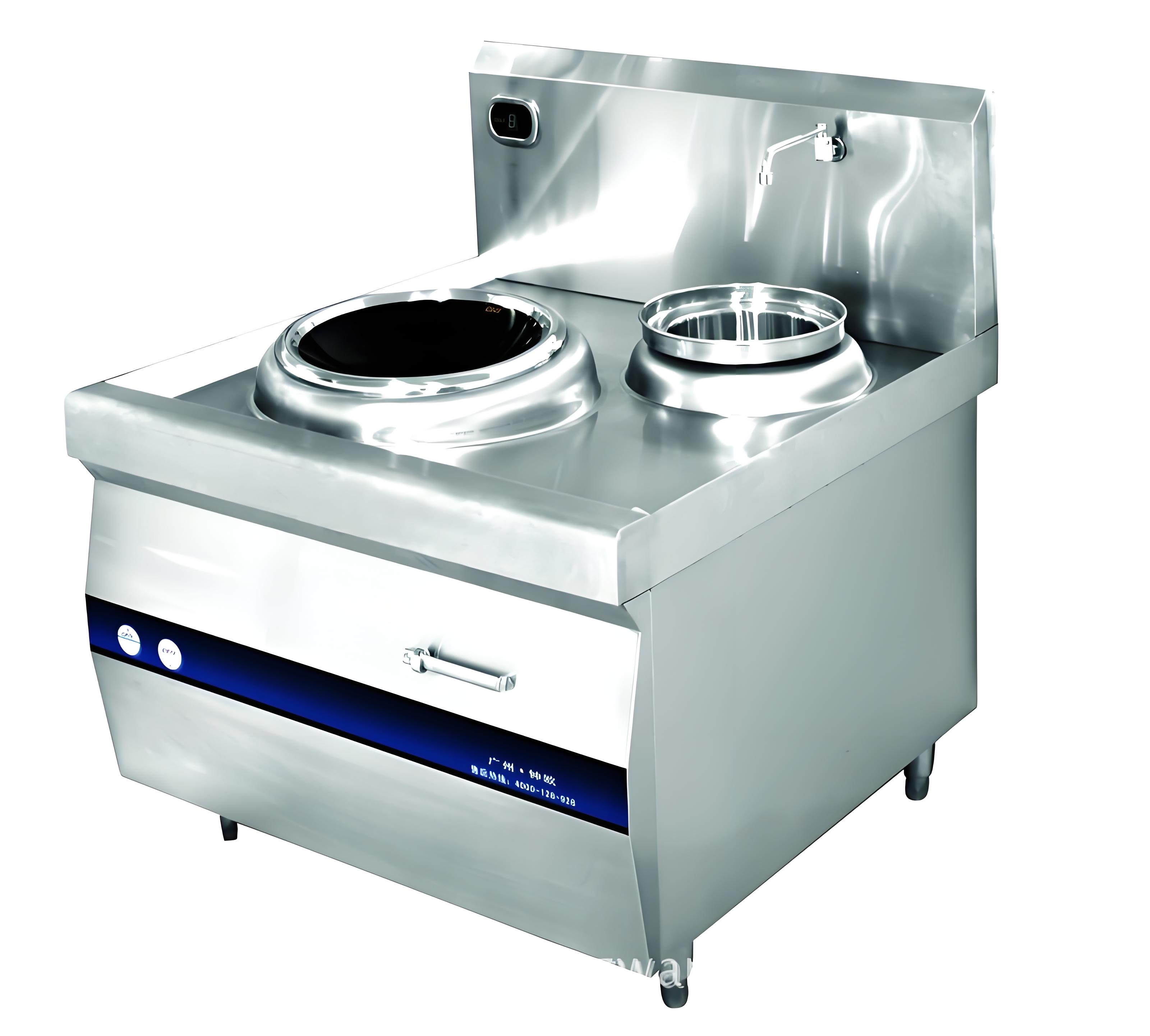
Potential Challenges and Considerations
While commercial induction cookers offer numerous advantages, there are also a few challenges and considerations to keep in mind:
1. Initial Investment
Compared to traditional stoves, commercial induction cookers can be more expensive upfront. However, it’s important to consider the long-term savings in energy costs and the potential increase in efficiency and customer satisfaction. A cost-benefit analysis should be conducted to determine if the initial investment is justified.
2. Cookware Compatibility
Not all cookware is compatible with induction cookers. They require ferromagnetic materials, such as cast iron or stainless steel, to work effectively. This means that existing cookware may need to be replaced or supplemented with induction-compatible options. However, many modern cookware brands now offer induction-ready lines, making this transition easier.
3. Training and Familiarity
Staff may need training to become familiar with the operation of induction cookers. While they are generally user-friendly, the transition from traditional stoves may require some adjustment. Providing comprehensive training and ongoing support can help ensure a smooth transition and maximize the benefits of using induction cookers.
4. Power Requirements
Commercial induction cookers typically require a higher electrical load than traditional stoves. This may necessitate upgrades to the restaurant’s electrical infrastructure to accommodate the additional power demand. It’s important to consult with a qualified electrician to assess the electrical requirements and ensure compliance with local codes and regulations.
Real-World Applications and Case Studies
To better understand the practicality of using commercial induction cookers in hot pot restaurant kitchens, let’s look at a few real-world applications and case studies:
Case Study 1: A Popular Hot Pot Chain in Shanghai
A well-known hot pot chain in Shanghai recently upgraded its kitchen equipment to include commercial induction cookers. The restaurant reported a significant reduction in energy costs, improved temperature control, and enhanced safety in the kitchen. Customers also noticed faster service times and more consistent broth quality, leading to increased customer satisfaction and repeat business.

Case Study 2: A Boutique Hot Pot Restaurant in Beijing
A boutique hot pot restaurant in Beijing adopted induction cookers as part of its commitment to sustainability and energy efficiency. The restaurant owner noted that the induction cookers not only reduced energy consumption but also improved the overall aesthetic of the kitchen, creating a more modern and inviting atmosphere for staff and customers alike.
Table: Comparison of Commercial Induction Cookers vs. Traditional Stoves for Hot Pot Restaurants
| Feature | Commercial Induction Cookers | Traditional Stoves |
|---|---|---|
| Heating Speed | Instant | Slower |
| Temperature Control | Precise | Less Precise |
| Energy Efficiency | High | Lower |
| Safety Features | Multiple (auto shut-off, overheat protection) | Fewer |
| Ease of Cleaning | Easy (smooth surface) | More Difficult (grease buildup) |
| Space Efficiency | High (compact design) | Lower (larger footprint) |
| Initial Investment | Higher | Lower |
| Cookware Compatibility | Requires ferromagnetic materials | Works with most cookware |
| Power Requirements | Higher electrical load | Lower electrical load |
Conclusion
In conclusion, commercial induction cookers are indeed a viable and advantageous choice for the back kitchen of hot pot restaurants. They offer rapid heating, precise temperature control, energy efficiency, enhanced safety features, ease of cleaning, and space efficiency. While there are some challenges to consider, such as initial investment, cookware compatibility, training, and power requirements, these can be effectively managed with proper planning and execution.
The real-world applications and case studies demonstrate the positive impact that induction cookers can have on hot pot restaurant operations, from reducing energy costs and improving customer satisfaction to enhancing safety and creating a more modern kitchen environment.
As the catering industry continues to evolve, embracing innovative technologies like commercial induction cookers can help hot pot restaurants stay competitive, meet customer expectations, and contribute to a more sustainable future.
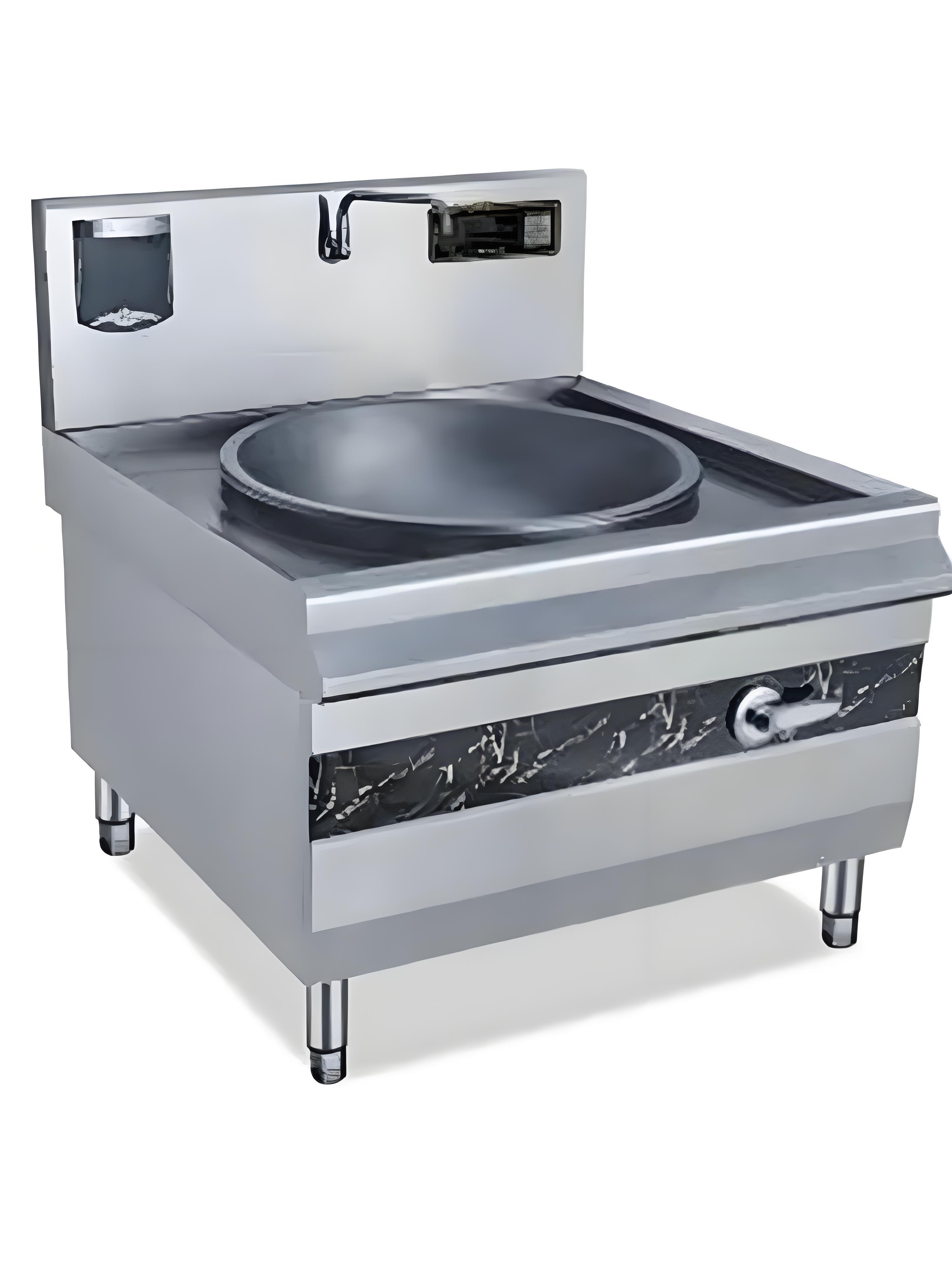
Related Questions and Answers
Q1: Are commercial induction cookers suitable for all types of hot pot broths?
A1: Yes, commercial induction cookers are suitable for all types of hot pot broths, including clear broths, spicy broths, and herbal broths. Their precise temperature control allows for consistent heating and simmering, ensuring that the broths maintain their desired flavor and texture.
Q2: Can commercial induction cookers be used with existing hot pot tables?
A2: In many cases, yes. However, it’s important to check the compatibility of the induction cookers with the existing hot pot tables. Some tables may need to be modified or replaced to accommodate the induction cookers. Consulting with a kitchen equipment supplier or a professional installer can help determine the best solution for your specific needs.
Q3: How do commercial induction cookers compare to electric stoves in terms of performance?
A3: Commercial induction cookers generally offer superior performance compared to electric stoves. They heat up faster, provide more precise temperature control, and are more energy-efficient. Additionally, induction cookers are safer to use, as they don’t have open flames or hot coils that can pose a fire hazard.
Q4: What is the lifespan of a commercial induction cooker?
A4: The lifespan of a commercial induction cooker can vary depending on the brand, model, and usage. However, with proper maintenance and care, a high-quality induction cooker can last for many years, providing reliable performance and value for money.
Q5: Are there any government incentives or rebates available for purchasing commercial induction cookers?
A5: In some regions, there may be government incentives or rebates available for businesses that invest in energy-efficient equipment, including commercial induction cookers. It’s worth checking with local government agencies or utility companies to see if any such programs are available in your area.
